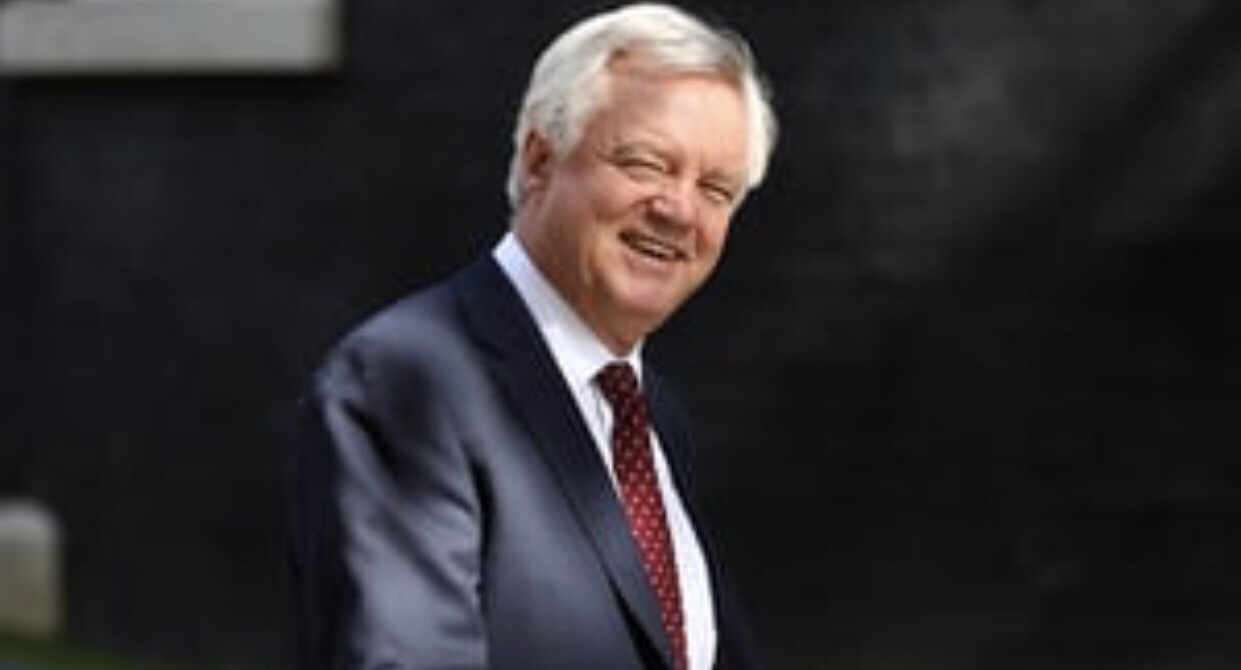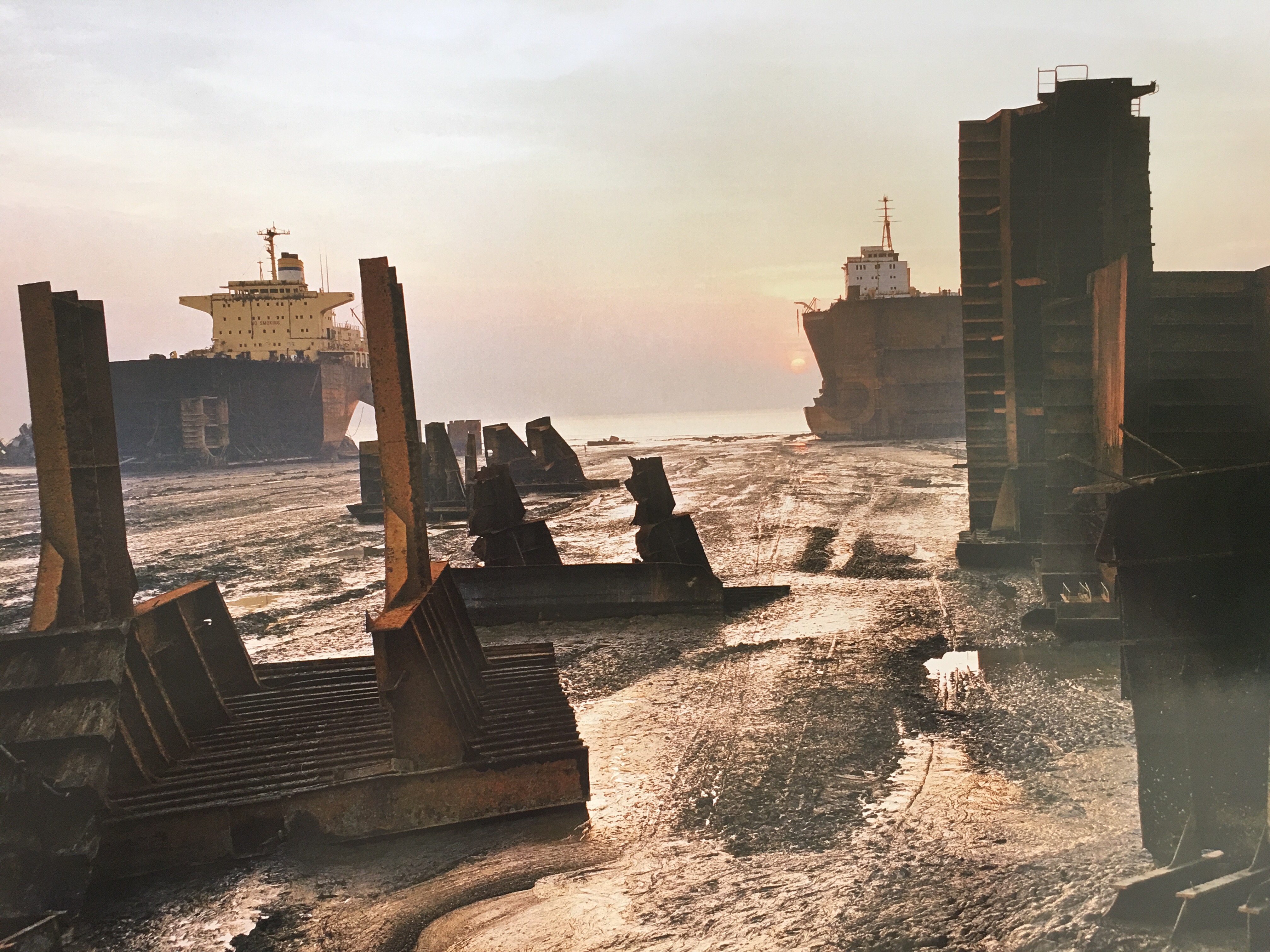Now we are counting down the hours for the post-Checkers agreeemnt Brexit White paper. Soon we will see.
The Boss. There is only one. Bruce Springsteen has released new live material. It is amazing.

I have written many times about how Brice Springsteen was my first hero. It was 1978. I listened to ‘Darkness on the Edge of Town’ and I was forever lost. He was my working class hero. Inlistened to those lyrics, over and over again. Until I knew by heart. Still do. Maybe I always did, because it always felt like Bruce do. wrote about me. That is what a storyteller does.
Here is one of tha grande songs from the best album ever made, Racing in the Streets -Live 2009.
‘ Some guys they just give up living
And start dying little by little piece by piece
Some guys come home from work and wash up
Then go racin’ in the street
Tonight tonight the strip’s just right
I wanna blow ’em all out of their seats
Calling out around the world
Cause summer’s here and the time is right
We’re goin’ racin’ in the street’
While UK Government has agreed on a negotiation position designed by Theresa May and her inner circle team at the Checkers this weekend – and while the White Paper is being finalized for publication, there are still news every day rocking the boat.

Yesterday Brexit Secretary and Negotiator David Davies resgined. With him another Dexco Minister, Steve Baker, also left their positions.

Today leading Brexiteer Foreign Secretary Boris Johnson also stepepd down and resigned from his post. All in protest for a too soft Brexit negotiation line. What is next? We will see within the following days. UK Business amd EU Private Sector need clarity on the way forward.

At the same time it is a very complicated situation for the PM and the political institutions in UK.
The EU Negotiator Michael Barnier has – in adition – been firm on the fact that EU is rwady to find a flexible solution for the ROI/NI border but it will not accept any special solution for the Channel cross border trade.
This is indeed a summer where Customs and Borders play the leading role in international news.






You must be logged in to post a comment.